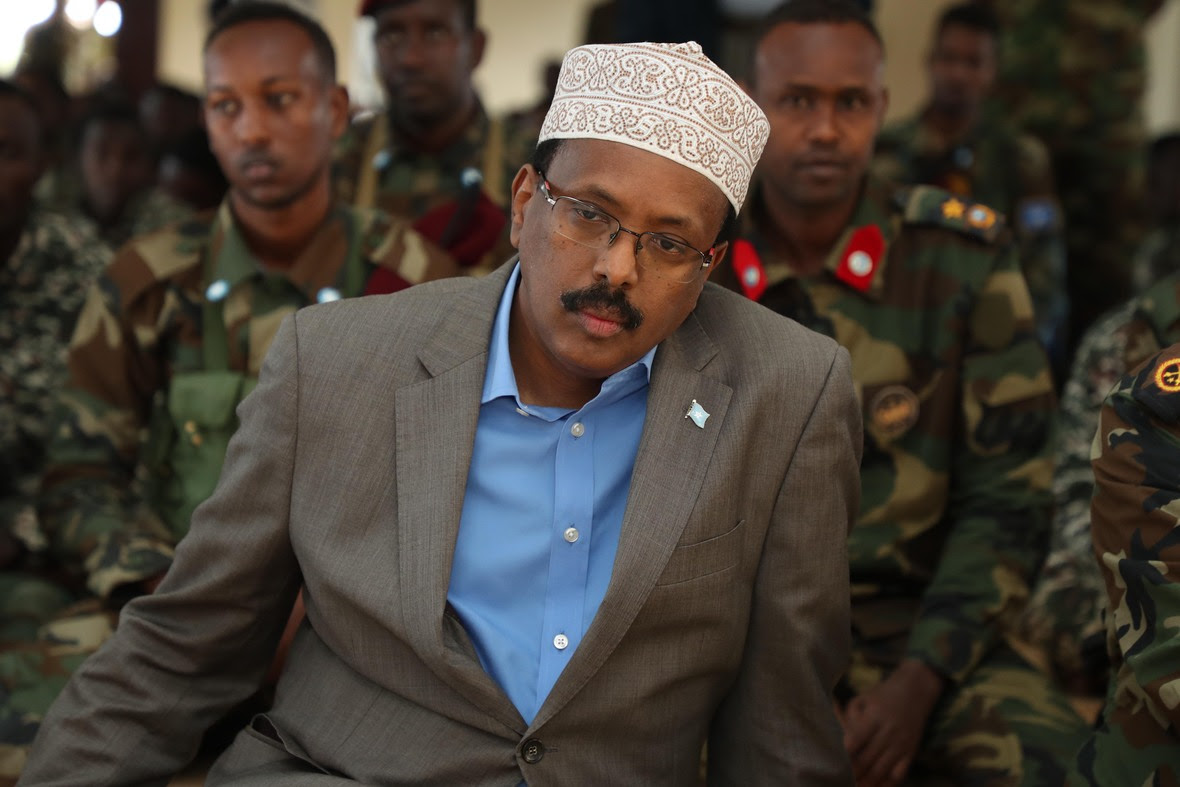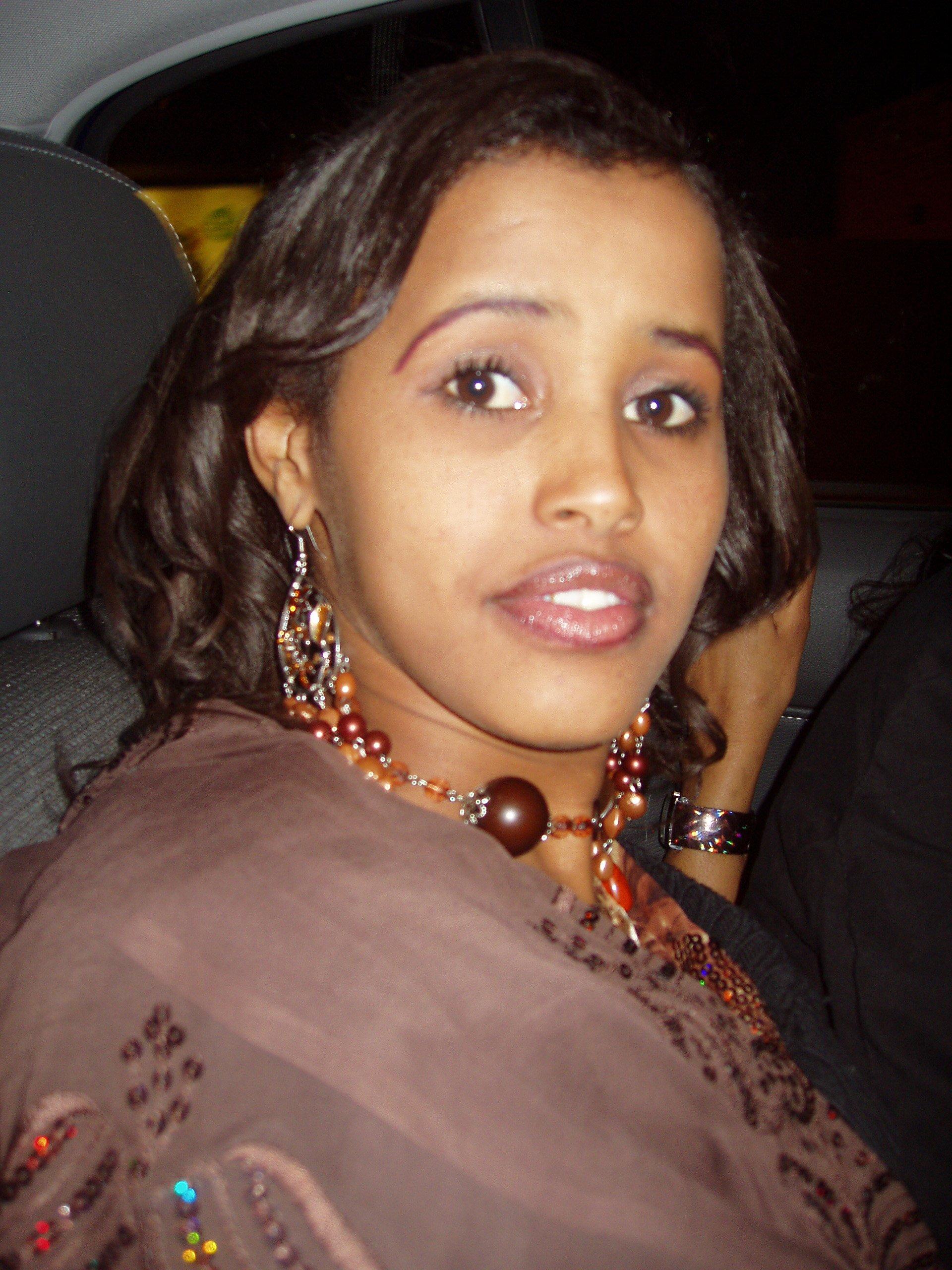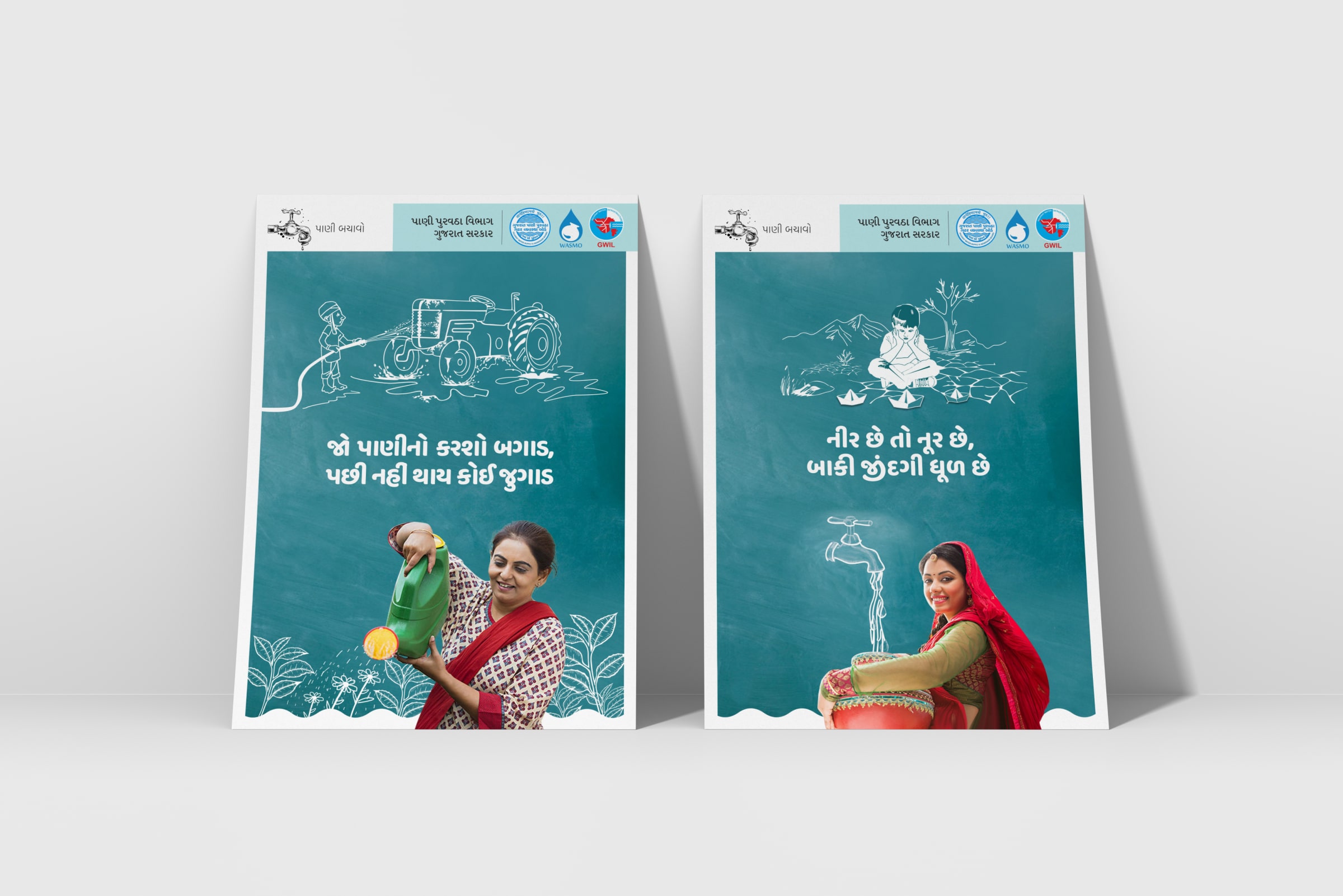Unraveling 'Wasmo Somali': Exploring Its Digital Footprint And Cultural Nuances
Detail Author:
- Name : Dr. Jeramy Farrell
- Username : ramona.sipes
- Email : olesch@gmail.com
- Birthdate : 1997-12-05
- Address : 775 Batz Ford Suite 740 Zenaview, RI 74208-8187
- Phone : +1 (912) 253-7067
- Company : Lind-Mayer
- Job : Air Traffic Controller
- Bio : Est et neque velit facilis. Voluptatem non aut in quos officiis inventore ut. Eos officia impedit qui incidunt.
Socials
instagram:
- url : https://instagram.com/buster_real
- username : buster_real
- bio : Quisquam eveniet autem aut dolor officiis sunt distinctio. Unde aut totam in ad suscipit.
- followers : 1842
- following : 1099
twitter:
- url : https://twitter.com/buster_gislason
- username : buster_gislason
- bio : Minus velit maiores odio iure sapiente est. Quia totam aliquam sed ea neque a sed. Et accusantium est aut pariatur blanditiis reprehenderit.
- followers : 5299
- following : 2064
linkedin:
- url : https://linkedin.com/in/buster_dev
- username : buster_dev
- bio : Et quas enim aperiam est est velit.
- followers : 1267
- following : 2875
The phrase 'wasmo somali' might seem like a simple string of words, yet it carries quite a bit of cultural weight and, in some respects, a complicated presence across digital spaces. For many, it points to a variety of online content, often sparking conversations about how Somali culture expresses itself in the modern world. It's a term that, you know, gets searched a lot, showing a clear interest in what it means and how it shows up online, especially among Somali speakers and those curious about the community.
You see, the internet, it's a pretty powerful place, and it lets different cultures share their stories, their music, and even their daily lives in ways we couldn't have imagined before. For the Somali community, which is spread out all over the globe, these digital platforms become really important connection points. So, when terms like 'wasmo somali' become popular online, it makes you think about the different kinds of content that get created and shared, and what that says about cultural expression today.
This article, you know, is here to help us look closer at 'wasmo somali,' not just as a search term, but as a window into broader discussions about culture, language, and the internet's influence. We'll explore its many meanings, how it shows up in online spaces, and the cultural impact it might have. Basically, we're trying to get a better sense of this interesting digital phenomenon, and what it means for Somali people, both at home and abroad, in this very connected world.
- Vegamoviesyt Official Website Your Ultimate Movie Streaming Destination
- Hdhub4u Games Your Ultimate Destination For Gaming Entertainment
Table of Contents
- Understanding 'Wasmo Somali': A Linguistic and Cultural Look
- The Digital Presence of 'Wasmo Somali'
- Cultural Impact and Community Perspectives
- Challenges and Opportunities in Online Spaces
- Frequently Asked Questions About 'Wasmo Somali'
- Conclusion
Understanding 'Wasmo Somali': A Linguistic and Cultural Look
To really get a grip on 'wasmo somali,' it helps to look at the words themselves and how they fit into Somali culture. This isn't just about a simple translation; it's more about the many layers of meaning a phrase can pick up, especially when it moves from everyday talk to the vastness of the internet. So, what does this term actually mean to people, you know, in different settings?
The Meaning of 'Wasmo' in Somali
The word "wasmo" in Somali, at its most basic, refers to the physical act of intimacy between a male and a female, often for reproduction or pleasure. It's a term that, in a way, describes a very fundamental human experience. However, like many words, its usage can shift quite a bit depending on who is saying it and in what situation. It's not always used in a formal or academic way, but rather, you know, in everyday conversations.
When you look at it closely, the term "wasmo" is, in some respects, a complex cultural signifier with layered meanings that shift depending on context. This means it can cover a wide range of ideas, from something very private to something discussed more openly, even if sometimes with a bit of a hush. It's pretty fascinating how a single word can hold so much, isn't it?
- Hdhub4u Fighter The Ultimate Guide To Understanding And Exploring
- Download Hindi Movies Your Ultimate Guide To Vegamovies And Filmyzilla
So, understanding this core meaning is the first step. It's important to remember that words, especially those tied to personal or cultural topics, can have many shades. This is why, you know, when you see it online, it might be used in ways that are very different from its traditional or literal sense.
Cultural Context and Interpretation
In Somali culture, there are, you know, deeply rooted values that guide how people talk about personal matters, including intimacy. Traditionally, these topics are often discussed with a lot of discretion and respect for privacy. This cultural backdrop means that a term like "wasmo" might be understood differently depending on whether you're in a private family setting or, say, on a public online forum. It's a bit like how different families have their own ways of talking about things, right?
The cultural impact of such a term, especially when it appears in popular online content, is something people think about a lot. For instance, some might see its open use as a sign of changing times, where traditional boundaries are being, you know, stretched. Others might feel it clashes with established cultural norms and values. It really just depends on your perspective and what you value most.
This discussion about cultural values and how they meet the digital world is a really big one for many communities. It's about finding a balance, you know, between new ways of expressing things and holding onto what's important from the past. For Somali people, this conversation is ongoing, and it shows up in many different forms of online content, sometimes quite subtly, sometimes very obviously.
The Digital Presence of 'Wasmo Somali'
The internet, as a matter of fact, has truly changed how information and culture get shared. For terms like 'wasmo somali,' this means they've found a whole new home online, reaching audiences far beyond what was once possible. This digital presence is pretty extensive, showing up in various forms and on many different platforms, so it's worth taking a closer look at that.
Online Platforms and Content Creation
You can find 'wasmo somali' content, in some respects, across a wide array of online platforms. From video-sharing sites to social media groups and even messaging apps, these spaces become hubs where such content is shared, discussed, and, you know, sometimes created. It's pretty interesting how diverse the digital landscape is for this kind of material.
For example, some channels, like the "Somali Wasmo Channel 2024" or groups mentioned in the reference text, focus on compiling and sharing videos. These platforms often feature various forms of Somali entertainment, including niiko, which is a traditional dance form, and other performances. It's clear that there's a demand for this kind of content, and creators are, you know, meeting that demand in many ways.
The creation of this content, actually, often comes from individuals or small groups. They might be sharing things they find, or, you know, making their own videos. This decentralized way of creating and sharing means that the content is always evolving, with new compilations and updates appearing pretty regularly. It's a very dynamic space, to be honest.
Trending Topics and Search Patterns
When you look at search engines, you can see that 'wasmo somali' is, you know, a consistently searched term. This indicates a significant level of interest from users looking for this specific type of content. The search patterns often include variations like "wasmo niiko live ah," "wasmo hodan cabdiraxmaan," or "wasmo dumarka uurka leh," showing the different facets people are looking for.
These search trends can also give us a glimpse into what's popular at any given moment. For instance, new videos or compilations might cause a spike in searches, or, you know, particular personalities might become associated with the term, driving more interest. It's a bit like how pop culture trends work, but in a very specific niche.
Understanding these search patterns helps us see how digital interest in 'wasmo somali' is shaped by both content availability and user curiosity. It's a pretty clear indicator of what people are actively looking for online, and it shows the constant flow of information and entertainment within these digital communities.
The Role of Social Media and Streaming
Social media platforms and live streaming services have, in some respects, played a huge role in the spread of 'wasmo somali' content. These platforms allow for instant sharing and real-time interaction, making it very easy for content to go viral within specific communities. You can, for example, find live streams or short video clips that get shared widely and quickly.
The interactive nature of these platforms also means that users can comment, react, and, you know, even create their own content in response. This creates a kind of feedback loop, where popular content inspires more content, and discussions around it grow. It's a very engaging environment, to be honest, for both creators and viewers.
Moreover, the accessibility of these tools means that anyone with a smartphone can become a content creator or a broadcaster. This has, basically, democratized content creation, allowing for a wide variety of voices and perspectives, even if some of that content might be considered controversial or, you know, explicit by some. It's a powerful shift in how culture is produced and consumed.
Cultural Impact and Community Perspectives
The widespread presence of 'wasmo somali' online certainly has a cultural impact, sparking different reactions and discussions within the Somali community, both in Somalia and among the diaspora. It's a topic that, you know, often brings up conversations about identity, tradition, and modern life.
Somali Diaspora and Digital Identity
For the Somali diaspora, who are spread across the globe, digital platforms are, you know, incredibly important for staying connected to their heritage and to each other. These online spaces become a place where people can explore and express their Somali identity, even if they live far from Somalia. So, content like 'wasmo somali' becomes part of that broader digital cultural landscape.
However, this digital identity can be, in some respects, a bit complex. While some content might reinforce cultural ties, other types of content, including some associated with 'wasmo somali,' might challenge traditional norms or create new forms of expression that weren't common before. It's a constant negotiation, you know, between the old and the new.
This dynamic is particularly interesting for younger generations in the diaspora, who are growing up with both their Somali roots and the influence of global digital culture. They are, basically, shaping what it means to be Somali in the 21st century, and online content plays a big part in that.
Discussions Around Online Content
The presence of 'wasmo somali' content online naturally leads to a lot of discussion within Somali communities. People often talk about, you know, what kind of content is appropriate, what reflects Somali values, and what might be seen as going too far. These conversations happen in private chats, on social media, and even in community gatherings.
Some people, you know, might express concern about the type of explicit content that sometimes circulates under this term, worrying about its influence on youth or its portrayal of Somali culture. They might argue for more responsible content creation and consumption. It's a very serious topic for many.
On the other hand, some might see the proliferation of diverse online content, including that which is more daring, as a sign of freedom of expression and a reflection of different viewpoints within the community. They might argue that, you know, digital spaces allow for voices that might not be heard in more traditional settings. It's a truly complex debate.
Preserving Cultural Values in the Digital Age
A big part of the discussion around 'wasmo somali' and other online content is how to, basically, preserve cultural values in a rapidly changing digital world. Many Somali people feel a strong desire to pass on their traditions, language, and moral principles to future generations. So, the content that appears online becomes a point of focus for this effort.
This often involves community leaders, parents, and educators encouraging the creation and sharing of positive, educational, and culturally appropriate content. They might, you know, promote initiatives that highlight Somali history, literature, or traditional arts. It's about actively shaping the digital environment to reflect desired values.
It's a continuous effort, really, to find ways to use digital tools to strengthen cultural identity rather than dilute it. This means, you know, fostering digital literacy and critical thinking skills so that people can make informed choices about the content they consume and create. It's a challenge, but also a great opportunity, to be honest.
Challenges and Opportunities in Online Spaces
The digital world, with all its reach and connectivity, presents both challenges and exciting opportunities for the Somali community, especially concerning content like 'wasmo somali'. It's a space where, you know, information spreads quickly, for better or worse.
Addressing Misinformation and Harmful Content
One of the biggest challenges in any online space, and certainly within discussions around 'wasmo somali,' is dealing with misinformation and content that might be harmful. This could include, for example, content that is misleading, exploitative, or promotes negative stereotypes. It's a very real concern for many people, you know, who are online.
Community efforts are, in some respects, often directed at reporting such content to platform providers or educating users about the dangers of engaging with it. There's a strong push to encourage responsible digital citizenship, where individuals think critically about what they see and share. It's about building a safer online environment for everyone, basically.
This also involves, you know, open conversations about the impact of certain content on mental well-being and community reputation. It's not always easy, but addressing these issues head-on is important for fostering a healthier online space. It requires a collective effort, really, from all sides.
Promoting Positive and Educational Content
On the flip side, the digital space offers incredible opportunities to promote positive and educational content that celebrates Somali culture and contributes to community well-being. Many creators are, you know, actively producing content that focuses on Somali language lessons, historical narratives, traditional music, and inspiring stories.
These efforts aim to counterbalance the more controversial content and provide valuable resources for learning and cultural enrichment. For instance, you can find channels dedicated to Somali poetry, cooking, or, you know, discussions about current events from a Somali perspective. It's a way to use the internet for good, basically.
Encouraging the creation and sharing of such content is a key strategy for shaping the digital narrative around Somali culture. It's about showing the richness and diversity of the community in a way that is constructive and uplifting. This proactive approach is, you know, very important for the future.
The Future of Somali Digital Expression
The future of Somali digital expression, including how terms like 'wasmo somali' are understood and used, will, you know, likely continue to evolve. As technology advances and more people get online, the ways in which culture is shared and interpreted will also change. It's a dynamic process, to be honest, with new platforms and trends emerging all the time.
We might see, for example, more sophisticated ways of creating and distributing content, or new forms of interactive media that allow for deeper cultural engagement. The "wasmo somali telegram link 2025" mentioned in the reference text suggests an ongoing evolution of how these discussions and content channels are organized. It's about adapting to the digital currents.
Ultimately, the direction of Somali digital expression will depend on the choices made by its creators, consumers, and community leaders. It's a chance to, you know, shape a digital legacy that truly reflects the richness and resilience of Somali culture, while also addressing the challenges that come with such widespread digital access. Learn more about online content moderation on our site, and link to this page digital cultural preservation for more insights.
Frequently Asked Questions About 'Wasmo Somali'
What does 'wasmo' mean in Somali culture?
The word 'wasmo' in Somali, at its core, refers to the physical act of intimacy between a male and a female. However, its meaning can, you know, vary quite a bit depending on the situation and who is using the term. It's considered a complex cultural signifier, with layered meanings that shift depending on the context, basically encompassing different ideas related to personal relationships and reproduction.
How has digital media influenced Somali cultural expression?
Digital media has, in some respects, profoundly changed how Somali culture is expressed and shared. It allows people from the Somali diaspora to stay connected to their heritage and share their stories, music, and traditions with a global audience. This includes, you know, traditional performances like niiko, as well as new forms of creative content. It's opened up many new avenues for cultural sharing, really.
What are the challenges of online content in Somali communities?
Online content in Somali communities faces several challenges, including the spread
- Hdhub4u All Movies Hindi Dubbed The Ultimate Guide For Movie Lovers
- Hdhub4u Download All Bollywood Your Ultimate Guide To Bollywood Movies

Wasmo Soomali / Wasmo somali xariif saxiibtiis wasaya. Somali wasmo

Wasmo Soomali / wasmo somalia macan aboowe siilka wa ley arkaa

Wasmo - Trizone India